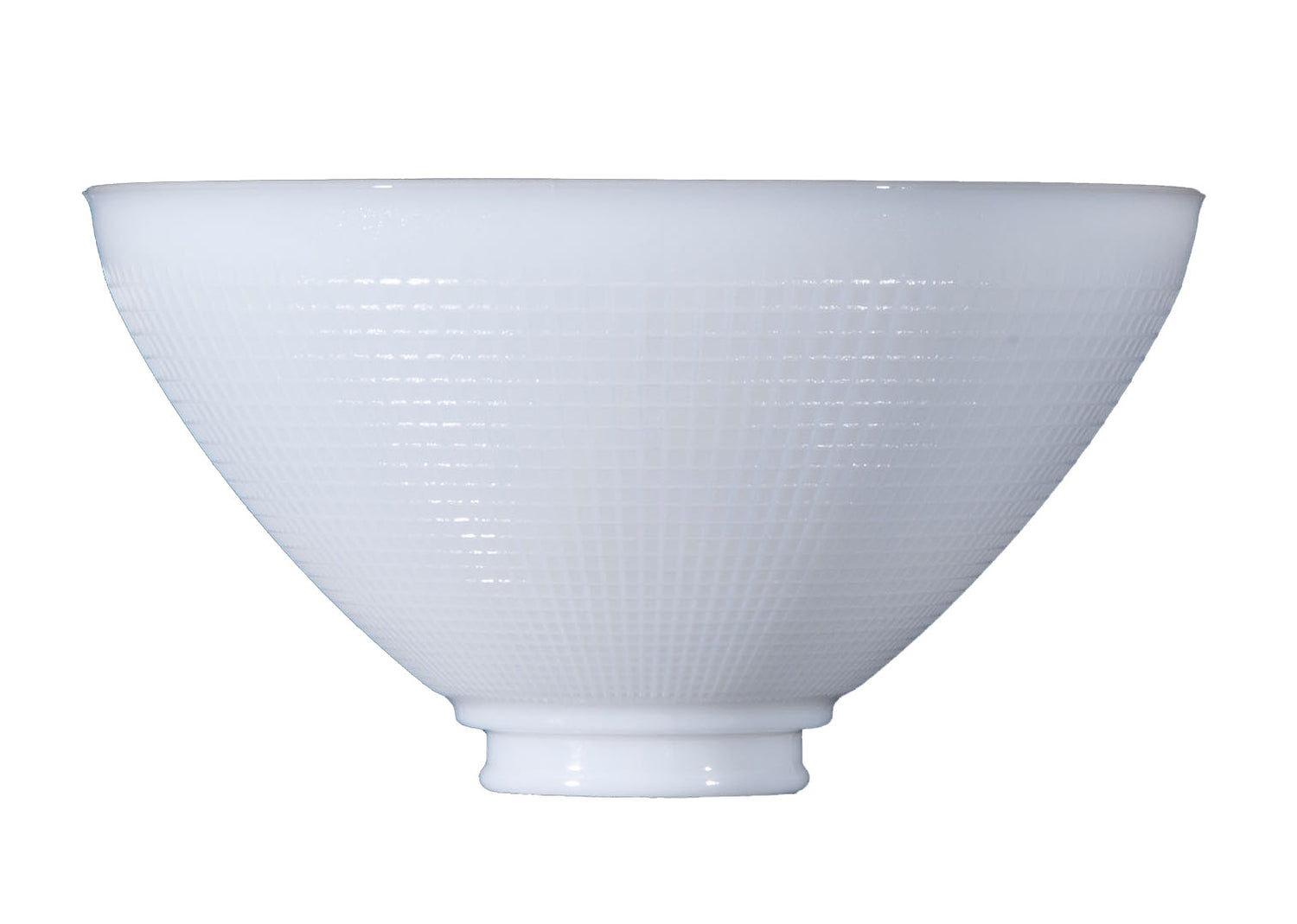Antique Table Lamp Styles
Antique shops, auctions, estate sales, garage sales, and flea markets are all great places to find antique lamps, but it can be tricky to know what to look for if you are new at collecting. Antique Lamp Supply provides more than 60 years of experience in the lighting business. Since the beginning, we have specialized in supplying lamp replacement parts and antique lamp restoration. Identification is essential to determining a table lamp's value and place in the revolution of light fixtures over the last few centuries. This guide provides a general introduction to antique table lamp styles and some of the most iconic advancements in lighting technology.
Argand
When Swiss chemist Aime Argand discovered how to make an oil lamp without a free-floating wick, the Argand lamp was born. This invention featured a lamp burner that contained the flame and held a circular wick, which stimulated a series of oil lamp designs of which viscous grapeseed or canola oil was fed from above or pumped from below. Such lamps featured urn-shaped side fuel reservoirs and trumpet or rounded gasolier lampshades.
Astral/Sinumbra/Solar
After the invention of the Argand lamp burner, several lamps adopted the same style. Astral lamps were typically tall and singular in design with a central circular reservoir for viscous grapeseed or canola oil. Sinumbra lamps featured a ring-shaped reservoir with an open center that allowed task light to fall directly on the surface below. Solar lamps are another variant of the astral design, except that they were designed to burn whale oil or lard. Lampshades for astral, sinumbra, and solar table lamps were often cut and etched with prisms to diffuse light.
Art Nouveau/Victorian
Unlike many of the preceding table lamp designs, art nouveau light fixtures abandoned the philosophy of form follows function. Instead, they served as an iconic example of how design can straddle the artistic and industrial worlds. One of the most celebrated designers of the art nouveau movement was Louis Comfort Tiffany. His designs included the Dragonfly, Lily, Mission, Nautilus, and Wisteria table lamps, which all featured lampshades made of iridescent glass. Many art nouveau table lamps took inspiration from the Arts and Crafts movement of William Morris, with undulating, asymmetrical lines that often took the form of fluid flower stems and organic patterns from nature.
Candelabra
As the name suggests, the design of a candelabra imitates the natural curve of a candlestick that splits into several branches. Much like a chandelier in design, candelabras are primarily comprised of glass prisms, chains, and other ornaments. This antiquated table lamp assumed this design out of necessity for extra light to read or write by.
Banquet
Though it was prominently featured in the 1940 feature film, Gone with the Wind, the banquet lamp was ubiquitous at the height of the Victorian era. These "Gone with the Wind" table lamps used a central draft oil burner, featured a ball shade with a removable font, and were usually hand-painted. What sets these lamps apart from other oil lamps of the same era is that their glass shades and base typically match. Most of these lamps are truly one-of-a-kind.
Bouillotte
In the case of this neoclassical table lamp, form followed function. Bouillotte was a popular card game in France that was similar to poker. Players not only needed a light fixture to see but also to hold game chips and catch the wax. Each bouillotte lamp was made with two to four adjustable candle brackets and arms with shades made of common sheet metal known as tôle, which would slide down a central shaft to be secured by a screw so it could accommodate the dwindling length of the candles and shield the players' eyes from the glare.
Emeralite
Most collectors and enthusiasts are quite familiar with the iconic design of an Emeralite desk lamp. These lamps cast light downward with cased glass shades in the same way that pharmacy or banker's lamps do. Most Emeralite lamps feature white opal glass on the inside, colored glass on the outside, and brass bases, as well as flat sides and a back that slopes forward in the front. All Emeralite lamps are made with rounded angles and corners.
Hurricane
The hurricane lamp was another corollary of the Argand burner, but the shade was designed to protect the flame from being extinguished in strong winds. Hurricane lamps were popularly used in the navy and on transatlantic ships, as a way to send signals from one vessel to the next. Hurricane shades feature a graceful shape made of plain, hand-cut, or cranberry glass. Antebellum lamps were sometimes larger and embellished with scrollwork, crystals, and more.
Kerosene/Oil
Some of the most common types of antique lamps are either kerosene or oil. These lighting devices are illuminated by a wick or mantle that is protected by a glass chimney or globe. These iconic lamps feature a flat wick or a tubular wick and a broad but short base that relies on cold air from below while hot air exits from above.
Mission
Another aspect of art nouveau lamp design drew heavily from the Arts and Crafts movement. Mission-style lamps preserved the romantic idealization of handiwork and favored the translucent properties of mica. Table lamps of this era can be characterized by function rather than form, with large panels in contrasting yet complementary colors and shades that were utilitarian or geometric in shape.
Student
At the end of the Victorian era, kerosene table lamps were still widespread. Student lamps employed an Argand-style burner and a circular wick without the need for a flame spreader. Students of the time required bright light for reading and studying, so the flame had to be elongated and raised to produce the highest flame possible. Student table lamps featured brass bases, tubular shafts with one or two arms, and shades of opaque glass.
We hope that this guide provides the insight you need to determine the style of your antique lamp. We provide a wide range of replacement lamp globes and shades to accommodate many of the antique lamp styles in this guide. If you have any questions about identifying a lamp or would like to learn more about our product selection, please contact us today for additional information or further assistance.

